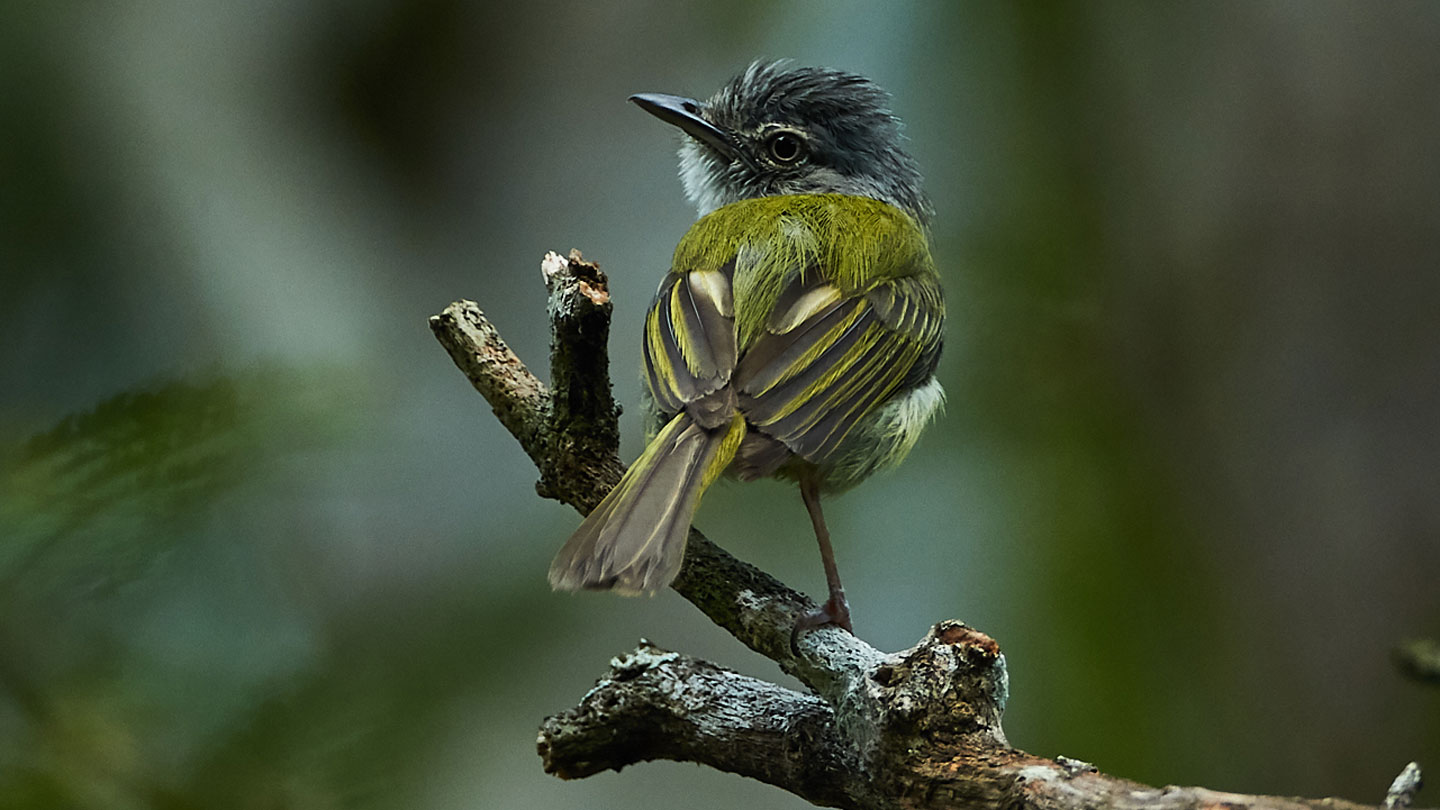
Extreme Climate Survey
Science News is collecting reader questions about how to navigate our planet’s changing climate.
What do you want to know about extreme heat and how it can lead to extreme weather events?
This result “is really a great breakthrough in the field of giant panda conservation,” says Thomas Hildebrandt, a veterinarian who specializes in wildlife reproduction at the Free University of Berlin and was not affiliated with the research. It “opens up a complete new avenue [to rescue] this magnificent species and icon of conservation,” and may suggest strategies for generating stem cells for other vulnerable and endangered species.
Researchers have already turned both mice and human skin cells, called fibroblasts, into stem cells, specifically pluripotent stem cells (SN: 12/24/14). These stem cells “have unlimited proliferation potential and can form any kind of cell, tissue or organ in the body under certain conditions,” says Liu Jing, a stem cell researcher at Guangzhou Institutes of Biomedicine and Health, Chinese Academy of Sciences. The catch with creating them is that the process must be tailored to each new species.
To reprogram pandas’ fibroblasts into pluripotent stem cells, the team first put some genes known to reprogram adult cells into the skin cells along with small RNA molecules known to enhance the transition to stem cells. The researchers also had to identify the specific proteins and growth factors that would help turn the panda skin cells to stem cells, as well as ones that would keep them in the pluripotent state.
Having pluripotent cells essentially on demand could allow scientists to create giant panda primordial germ cells, precursors to sperm and egg cells, a feat that’s been done in mice and northern white rhinos (SN: 10/17/16).
Obtaining these panda sex cells has been difficult because the majority of the living panda population remains under strict protections that forbid typical egg extraction techniques, such as giving pandas medicine to make extra eggs in a cycle or retrieving eggs from ovaries. There are also too few pandas remaining to reliably source eggs from recently deceased animals.
If scientists could generate sperm and egg cells from pandas in a noninvasive manner, such as turning these skin cells into stem cells and then germ cells, and use those to make new pandas, the team may be able to add genetic diversity to the animals that remain. Currently, there are 33 isolated populations, 15 of which are very close to extinction.
Creating primordial germ cells from the stem cells is the team’s next step. But assisting the pandas’ reproduction with technology is not the only goal. There’s use for pluripotent stem cells in disease diagnosis and treatment. Ultimately, Jing says, the hope is to both expand the giant panda population and make it healthier.
The team’s findings may also hold great potential for achieving the stem cell transformation in other endangered species. “It’s like a library you use,” says Hildebrandt, who has been instrumental in similar efforts to prevent northern white rhinos from going extinct (SN: 7/4/18). “You know, there are a lot of books which describe a similar thing but describe it from a different angle.”
Scientists have also created pluripotent stem cells for drills, Tasmanian devils, Grevy’s zebras and Sumatran rhinos. With another book added to the library, who knows which species scientists will be able to apply the stem cell technology to next?
*
Source link





No comments! Be the first commenter?